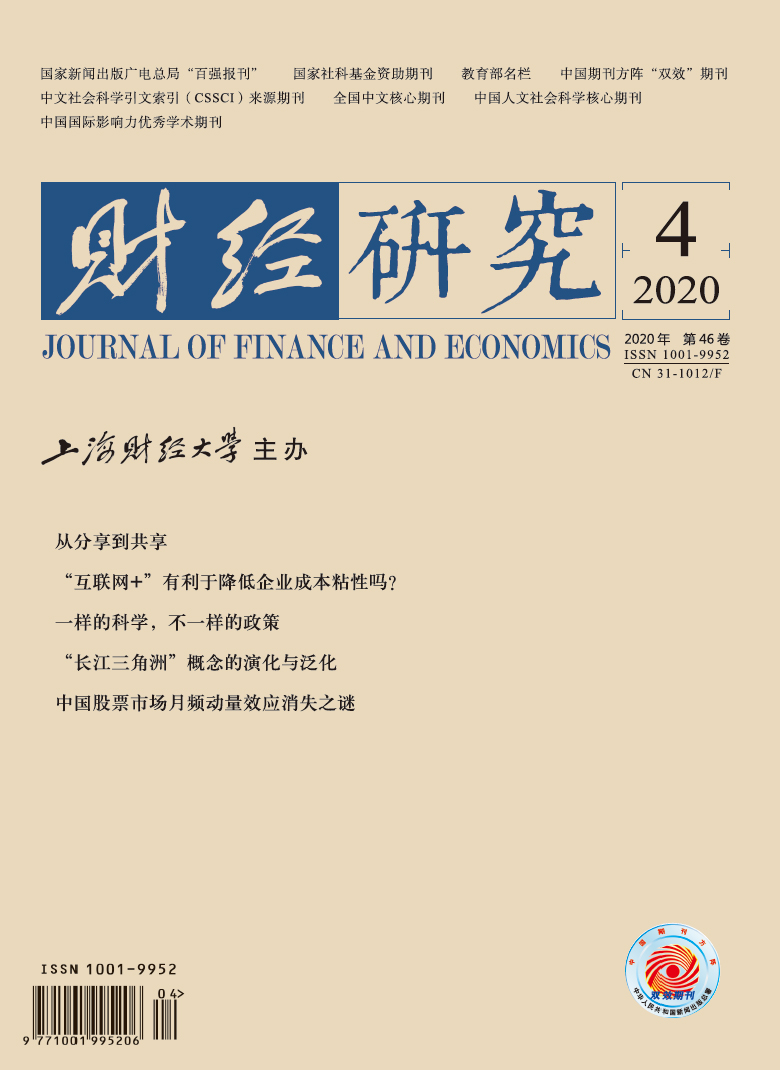The wage system reform of public sectors has always been an important part of the income distribution system reform in China, and also a hot issue concerned by the whole society. At present, governments all over the world have realized the strategic significance of wage level for the construction of public officials and the improvement of government organization function. The 19th National Congress of the Party opened the curtain of a new round of the comprehensive reform in China. General Secretary Xi Jinping emphasized in the Report of the 19th National Congress: “Adhere to the principle of distribution according to work, improve the system and mechanism of distribution according to factors, and promote more reasonable and orderly distribution of income.” In this context, based on China’s national conditions, how to scientifically evaluate and promote the wage system reform, especially the reform of low wage level in public sectors, to adapt to the development of China’s market economy system, has become the top priority of the new round of reform.
Based on the detailed micro data, this paper uses the scientific analysis framework to verify the fact that the wage level of public sectors in China is relatively low, and analyzes the reasons in depth, giving the ideas of the future wage reform of public sectors in China. Specifically, we use the 2010 China Family Panel Studies (CFPS)to build a model of income determination. After controlling a series of individual and regional characteristics, we find that compared with state-owned sectors, private sectors or public institutions, the wage level of public sectors is 10%-16% lower. The research shows that the wage difference between public sectors and other sectors cannot be fully explained by the “compensation effect” of insurance, subsidy, other income, job satisfaction, social status and other factors. We further regard public institutions as the ideal control group of public sectors, and find that the hypothesis of family division of labor and low consumption cannot be verified. Under the assumption of labor market clearing, we estimate the reasonable adjustment range of the wage reform in public sectors. This paper provides a new framework for the study of the wage reform in public sectors, and reveals the new characteristics of inter-sector income distribution, which is conducive to further promoting the market-oriented reform of wage level.





 , 2
, 2 5414
5414  6317
6317

